Integrating law enforcement in Colorado Springs, Colorado is the first serving of the biographical, crime based, dark humor tale shared in the Spike Lee directed movie BlacKkKlansman (2018). The second serving delves into a law enforcement effort to become a member of the Ku Klux Klan. At the center of these 1972 events was Ron Stallworth, the first black officer of the Colorado Springs Police Department (CSPD). The film is inspired by Ron Stallworth‘s book Black Klansman: A Memoir.

John David Washington portrayed Ron Stallworth in BlacKkKlansman, with Stallworth applying for undercover work after tiring of harassment in the records room of the CSPD. Stallworth is assigned to infiltrate the organization of national civil rights leader Stokely Carmichael (born Kwame Ture), wherein Stallworth meets Patrice Dumas, president of the Black Student Union at Colorado College. Dumas is a fictionalized character for this movie. Laura Harrier portrayed Patrice Dumas.
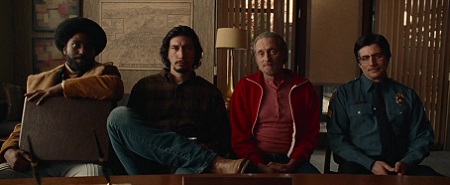
Getting reassigned to the intelligence division shortly after the rally, Stallworth responds to an advertisement for a local division of the Ku Klux Klan. Having called the group and made successful contact with Walter Breachway, as portrayed by Ryan Eggold, Stallworth finds that he needs to meet with the chapter in person. Breachway too is fictitious, though the contact is legitimate. Having used his real name over the phone, Stallworth recruited Jewish colleague Philip ‘Flip’ Zimmerman, as portrayed by Adam Driver, to make the physical contact that interacts with the local chapter. Zimmerman is reportedly a real person, though presented fictionally in the movie as well as the book.
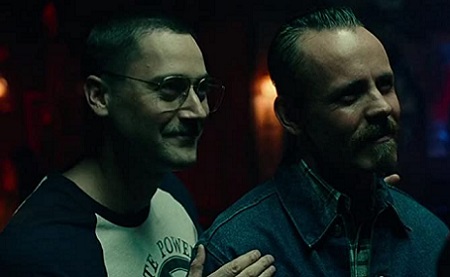
Felix Kendrickson has some initial suspicions of Zimmerman as Stallworth, promoting some sense of stress in the manifestation of the two police officers. Meanwhile, Zimmerman learns of the vague outlines of an attack from Klan member Ivanhoe while Stallworth seeks expedited membership with members of Louisiana. Contact with Louisiana leads to direct contact for Stallworth with head of the large Klan organization David Duke. Jasper Pääkkönen portrayed Kendrickson as Paul Walter Hauser portrayed Ivanhoe and Topher Grace portrayed Duke.

The contact with Duke leads him to come to Colorado Springs to induct Zimmerman as Stallworth into the local Klan chapter, coupled with a civil rights attack involving Connie Kendrickson, as portrayed by Ashlie Atkinson. The induction coupled with the planned attack against a civil rights rally leads to legitimate storytelling stress when Ku Klux Klan member Walker, as portrayed by Nicholas Turturro, remembers Zimmerman from an arrest in his past. The film’s messaging offers clear parallels between goals of justice and injustice between those seeking civil rights gains posed in contrast to goals of hate and harm to those unlike members of the Klan.
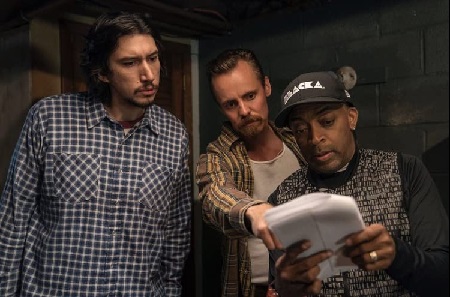
The political messaging of BlacKkKlansman clearly articulates injustice as it has existed overtime in the United States. The adding of context from the contemporary year of the movie’s release, with statements of racially based hate from David Duke and then president Donald Trump felt neither gratuitous nor sensational to me; the context felt necessary. The symbolism of the United States in black and white while simultaneously top-side-down evokes provocatively emotional content clearly stated and understood. The request to see this with the same emotion symbolized by the Klan seems inescapable. Accepting the statements and the tale as told by the movie, I grant BlacKkKlansman as directed by Spike Lee 3.75-stars on a scale of 1-to-5.
Matt – Wednesday, January 19, 2022




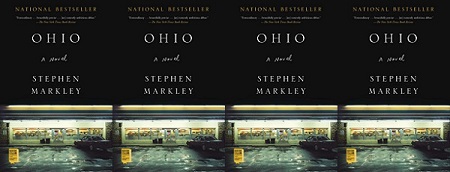


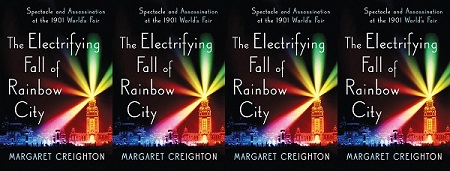

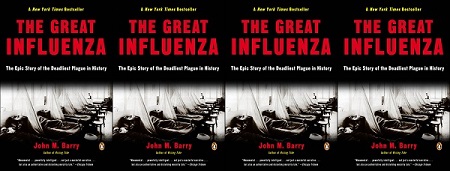


 (John M. Barry wrote The Great Influenza: The Story of the Deadliest Pandemic in History).
(John M. Barry wrote The Great Influenza: The Story of the Deadliest Pandemic in History).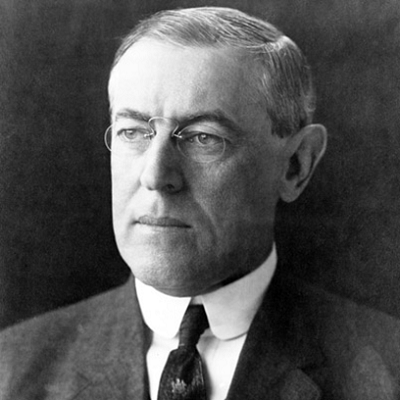 (Woodrow Wilson was the 28th President of the United States and commander in chief at the time of the influenza of 1918-1919).
(Woodrow Wilson was the 28th President of the United States and commander in chief at the time of the influenza of 1918-1919).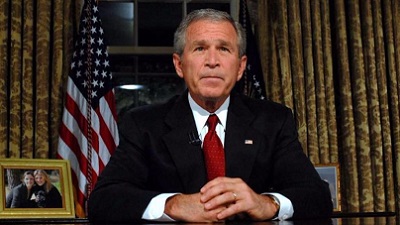 (George W. Bush was the 43rd President of the United States and in office when The Great Influenza: The Story of the Deadliest Pandemic in History was published).
(George W. Bush was the 43rd President of the United States and in office when The Great Influenza: The Story of the Deadliest Pandemic in History was published). (Donald Trump is the 45th President of the United States and commander in chief at the onset of COVID-19).
(Donald Trump is the 45th President of the United States and commander in chief at the onset of COVID-19).
 (Peter Bergen wrote the 2019 book Trump and His Generals: The Cost of Chaos).
(Peter Bergen wrote the 2019 book Trump and His Generals: The Cost of Chaos). (
(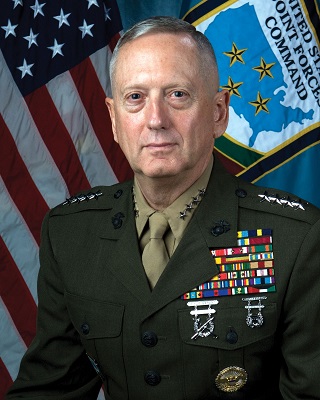 (Former Marine General James Mattis became the Secretary of Defense in the Donald Trump administration).
(Former Marine General James Mattis became the Secretary of Defense in the Donald Trump administration). (Former
(Former 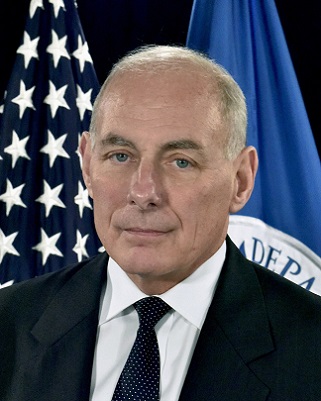 (Former Marine General John Kelly served as Chief of Staff to Donald Trump).
(Former Marine General John Kelly served as Chief of Staff to Donald Trump). (Former Attorney General Jeff Sessions served in the Donald Trump administration).
(Former Attorney General Jeff Sessions served in the Donald Trump administration). (Former Army Lt. General H.R. McMaster was the second National Security Advisor to president Donald Trump).
(Former Army Lt. General H.R. McMaster was the second National Security Advisor to president Donald Trump).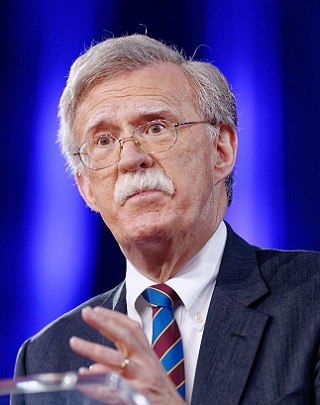 (Former interim United States ambassador to the United Nations John Bolton was the third National Security Advisor to president Donald Trump).
(Former interim United States ambassador to the United Nations John Bolton was the third National Security Advisor to president Donald Trump).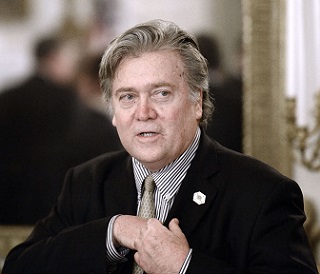 (Former presidential chief strategist Steve Bannon served in the Donald Trump administration).
(Former presidential chief strategist Steve Bannon served in the Donald Trump administration).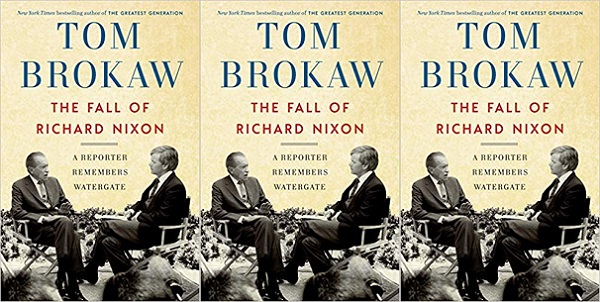
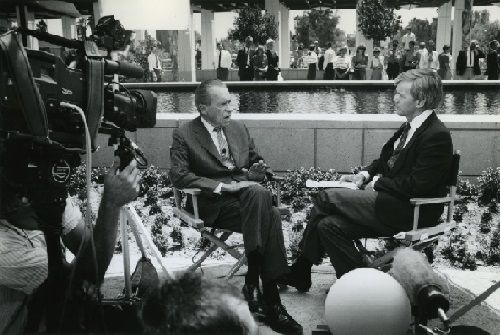 (Former US President Richard Nixon, left, being interviewed by reporter Tom Brokaw during Nixon‘s presidency. Brokaw wrote the book The Fall of Richard Nixon: A Reporter Remembers Watergate).
(Former US President Richard Nixon, left, being interviewed by reporter Tom Brokaw during Nixon‘s presidency. Brokaw wrote the book The Fall of Richard Nixon: A Reporter Remembers Watergate). (Tom Brokaw on August 8, 1974, reporting that former US President Richard Nixon would resign. Photo credit to Edward R. Vidinghoff of NBC News. Brokaw wrote the book The Fall of Richard Nixon: A Reporter Remembers Watergate).
(Tom Brokaw on August 8, 1974, reporting that former US President Richard Nixon would resign. Photo credit to Edward R. Vidinghoff of NBC News. Brokaw wrote the book The Fall of Richard Nixon: A Reporter Remembers Watergate). (This is a view of The Watergate Hotel in Washington DC. The burglary and resulting Watergate Scandal ultimately forced Richard Nixon to resign the US Presidency).
(This is a view of The Watergate Hotel in Washington DC. The burglary and resulting Watergate Scandal ultimately forced Richard Nixon to resign the US Presidency). (An image of Richard Nixon‘s resignation letter to
(An image of Richard Nixon‘s resignation letter to  (An image from Richard Nixon‘s resignation address from August 8th, 1974).
(An image from Richard Nixon‘s resignation address from August 8th, 1974).